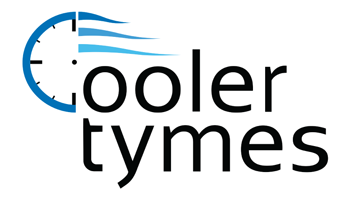
You might not think much about how your air conditioner works, but it relies on refrigerant to keep your residence cool. This refrigerant is subject to environmental laws, since it contains chemicals.
Depending on when your air conditioner was added to your home, it may require R-22, R-410A or R-32 refrigerant. We’ll discuss the differences and which air conditioner refrigerants are being phased out in Litchfield Park, plus how these phaseouts affect you.
What’s R-22 and Why Is It Discontinued?
If your air conditioner was installed before 2010, it probably contains Freon®. You can discover if your air conditioner uses it by contacting us at 623-208-6444. You can also look at the name plate on your air conditioner condenser, which is situated outside your residence. This sticker will have information on what kind of refrigerant your AC needs.
Freon, which is also known as R-22, contains chlorine. Scientists consider Freon to be damaging to the earth’s ozone layer and one that contributes to global warming. The Environmental Protection Agency, which governs refrigerants in the United States, barred its manufacture and import in January 2020.
I Use an Air Conditioner with R-22. Do I Need to Get a New One?
It varies. If your air conditioning is cooling fine, you can continue to keep it. With routine air conditioner maintenance, you can expect your system to last around 15–20 years. However, the Department of Energy notes that removing a 10-year-old air conditioner could save you 20–40% on yearly cooling bills!
If you don’t get a new air conditioner, it may lead to a problem if you require air conditioning repair in the future, specifically for refrigerant. Repairs might be pricier, because only small quantities of recycled and reclaimed R-22 is accessible.
With the phaseout of R-22, most new air conditioners now rely on Puron®. Also known as R-410A, this refrigerant was made to keep the ozone layer in good shape. As it needs a varying pressure level, it doesn’t work with air conditioners that use R-22 for cooling.
However, Puron still has the potential to contribute to global warming. As a result, it could also eventually be discontinued. Although it hasn’t been communicated yet for residential air conditioners, it’s likely sometime this decade.
What Refrigerant Will Take Over R-410A?
In preparation of the end, some manufacturers have started using R-32 in new air conditioners. This refrigerant rates low for global warming likelihood—around one-third less than R-410A. And it also decreases energy consumption by around 10%, according to the Intergovernmental Panel on Climate Change’s Fourth Assessment Report. That’s savings that might be sent on to you through your cooling bills.
Cooler Tymes LLC Can Help with All Your Air Conditioning Needs
In summary, the modifications to air conditioner refrigerant probably won’t impact you very much until you have to have repairs. But as we discussed beforehand, refrigerant-related repairs might be more costly due to the restricted quantities that are accessible.
In addition to that, your air conditioner often breaks down at the worst time, often on the hottest day when we’re receiving many other requests for AC repair.
If your air conditioner requires an outdated refrigerant or is more than 15 years old, we suggest upgrading to an up-to-date, energy-efficient air conditioner. This provides a stress-free summer and may even reduce your cooling costs, especially if you select an ENERGY STAR®-rated air conditioner. Plus, Cooler Tymes LLC offers many financing programs to make your new air conditioner fit your budget. Contact us at 623-208-6444 to get started now with a free estimate.
